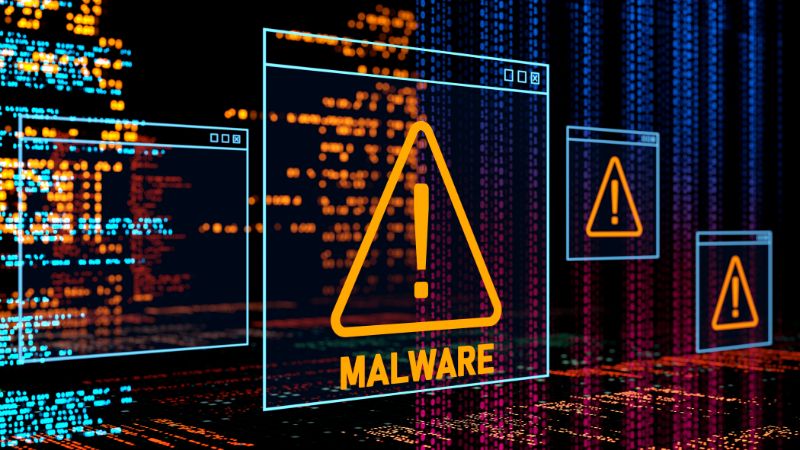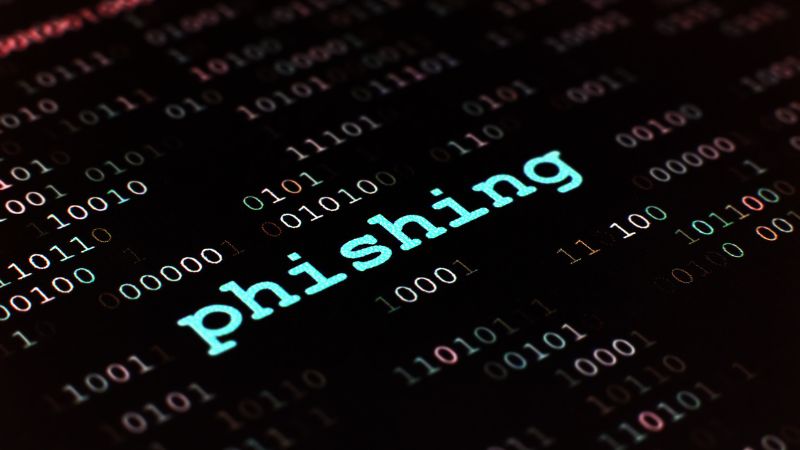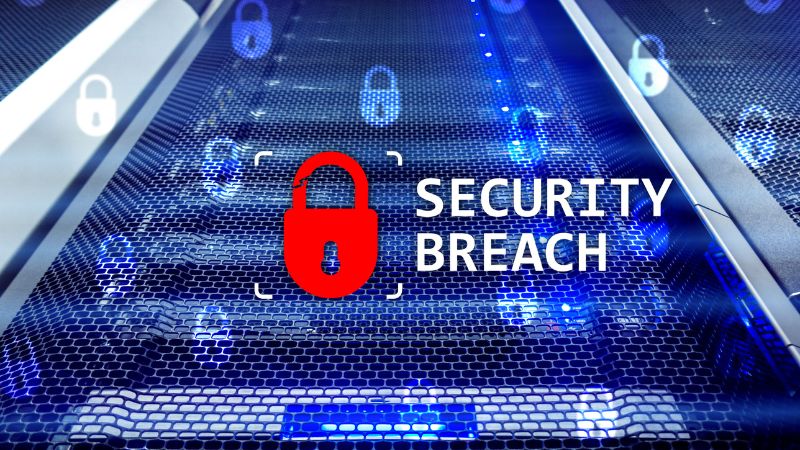Table of Contents
ToggleWhat Are the Latest Cybersecurity Threats in 2025?
Cybercrime is like a shape-shifting villain—it keeps evolving. In 2025, latest cybersecurity threats 2025 are driven by smarter tech, like AI, and sneakier tactics. The big three—ransomware, phishing, and data breaches—are causing chaos across industries. Think of them as the ultimate digital troublemakers:
- Ransomware attacks 2025: Hackers lock your files and demand payment to unlock them.
- Phishing in 2025: Scammers trick you into sharing passwords or clicking bad links.
- Data breach statistics 2025: Cybercriminals steal sensitive info, from credit cards to medical records.
Why should you care? Because cybercrime costs are expected to hit $10.5 trillion globally by 2025, and no one’s immune—not even small businesses or individuals (Cybersecurity Ventures). Let’s explore each threat and how to dodge them.
1. Ransomware Attacks 2025: The Digital Hostage Crisis

How Ransomware Works
Ransomware sneaks in via:
- Phishing emails with malicious attachments.
- Outdated software with unpatched vulnerabilities.
- Compromised passwords, especially without multi-factor authentication.
In 2025, ransomware attacks 2025 are surging, with healthcare and education hit hardest. The average ransom payment spiked 500% from 2023 to 2024, reaching $2.73 million per incident.
Real-World Example
5 Tricks to Prevent Ransomware Attacks in 2025
- Backup Everything: Save files offline or in the cloud daily. If ransomware strikes, you can restore without paying.
- Update Software: Patch systems regularly to block AI-driven cyber attacks exploiting old bugs.
- Use Multi-Factor Authentication: Add an extra login step to stop hackers cold. It’s a game-changer for multi-factor authentication fans!
- Train Your Team: Teach employees to spot phishing using cybersecurity awareness training. One wrong click can ruin everything.
- Get Cyber Insurance: It covers ransom costs and recovery, saving you from financial ruin.
Ransomware is like a digital kidnapper—don’t give it the chance to strike!
2. Phishing in 2025: Don’t Fall for the Trick

How Phishing Tricks You
Phishers pretend to be:
- Your bank, asking for login details.
- A coworker, sending a “urgent” file.
- A streaming service, offering a free trial.
With deepfakes and AI, phishing emails now look scarily real. In 2024, phishing surged 4,151% since ChatGPT’s release, as AI made scams easier to pull off.
Real-World Example
4 Tips for Phishing Prevention
- Check Sender Emails: If “support@netflixz.com” looks fishy, it is. Hover over links before clicking.
- Enable Email Filters: Use tools to block malicious emails before they reach you.
- Pause and Think: Don’t rush to act on urgent emails. Verify with a call or official website.
- Learn the Signs: Join phishing awareness training to spot deepfake emails and shady links.
Phishing is like a wolf in sheep’s clothing—stay sharp to avoid getting bitten!
3. Data Breaches: When Your Secrets Go Public

How Data Breaches Happen
Breaches stem from:
- Weak passwords or no multi-factor authentication.
- Supply chain attacks, like the 2024 Snowflake breach.
- Insider mistakes, like employees sharing sensitive files.
In 2025, data breach statistics 2025 show healthcare as a prime target, with breaches costing $10.93 million on average.
Real-World Example
In 2024, a major hospital’s unpatched software led to a breach exposing 100,000 patient records. Hackers sold the data on the dark web, causing identity theft chaos. A simple update could’ve stopped it.
5 Ways to Stop Data Breaches
- Encrypt Data: Scramble sensitive info so hackers can’t read it, even if stolen.
- Use Zero Trust Architecture: Verify every user, every time—no exceptions.
- Audit Vendors: Check supply chain attacks risks with third-party partners.
- Limit Access: Only give employees the data they need for their job.
- Monitor Networks: Use AI to spot unusual activity before it becomes a breach.
Data breaches are like leaky buckets—plug the holes before everything spills!
The Role of AI in Cybersecurity Threats
AI is a double-edged sword in cybersecurity trends 2025. Hackers use AI-driven cyber attacks to automate phishing and crack passwords faster. For example, AI-powered ransomware now picks high-value targets by scanning public data.
But AI’s also a hero:
- It detects threats in real-time, like spotting malware in seconds.
- It powers zero trust architecture, ensuring no one slips through unchecked.
The trick? Stay ahead by using AI to fight AI. Companies adopting AI-driven cyber attacks defenses cut breach costs by 26%.
Also Read –
Supply Chain Attacks: The Hidden Danger
How to Protect Your Supply Chain
- Vet Partners: Ask vendors about their cybersecurity awareness training and protocols.
- Use Contracts: Require multi-factor authentication and encryption in agreements.
- Monitor Continuously: Watch for odd activity in shared systems.
Think of your supply chain as a chain of trust—make sure every link is strong!
Why Small Businesses Are at Risk
Quick Fixes for Small Businesses
- Get Free Tools: Use affordable antivirus and phishing awareness training platforms.
- Train Staff: Spend an hour monthly on best practices for phishing prevention.
- Plan Ahead: Create a simple incident response plan for data breach prevention strategies.
You don’t need a big budget to stay safe—just smart habits!
The Human Factor: Your Biggest Weakness and Strength
How to Empower Your Team
- Run Fake Phishing Tests: Simulate attacks to teach best practices for phishing prevention.
- Reward Smart Choices: Praise employees who spot scams.
- Keep It Simple: Use short, fun videos for phishing awareness training.
Turn your team into cyber superheroes, not weak links!
Future-Proofing Against Cybersecurity Trends 2025
What’s next for latest cybersecurity threats 2025? Here’s what to watch:
- AI-Powered Scams: Deepfakes and smarter phishing will trick even savvy users.
- Quantum Risks: Future quantum computers could crack old encryption.
- IoT Attacks: Hackers might target your smart fridge or doorbell.
Stay ready with:
- Zero trust architecture for airtight security.
- Regular cybersecurity awareness training to keep skills sharp.
- Investing in AI-driven cyber attacks defenses now.
The future’s exciting but risky—gear up today!
Wrapping Up: Stay One Step Ahead of Cybercrime
Phew, we covered a lot! Latest cybersecurity threats 2025 like ransomware, phishing, and data breaches are no joke, but you’re now armed with the know-how to fight back. From best practices for phishing prevention to data breach prevention strategies for small businesses, small steps make a big difference. Start with multi-factor authentication, add some cybersecurity awareness training, and keep an eye on AI-driven cyber attacks.
Ready to secure your digital life? Share this guide with your team, and let’s make 2025 the year we outsmart hackers together!








